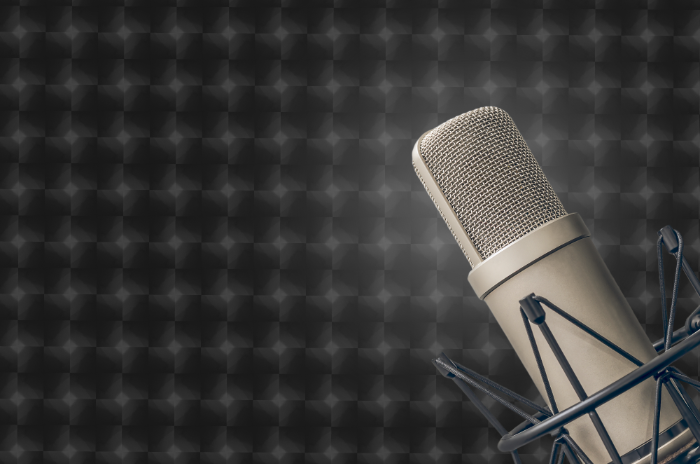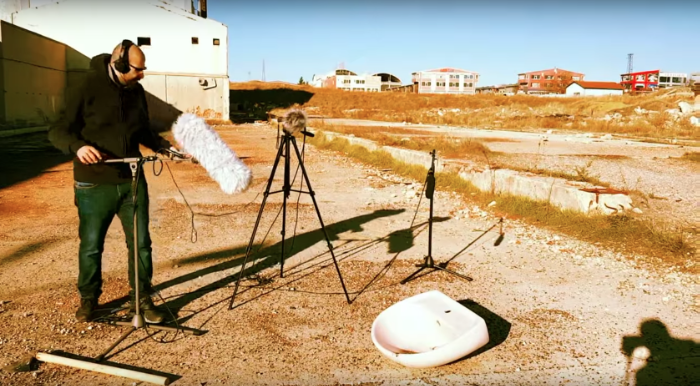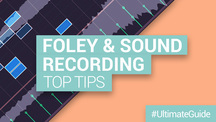Top 4 Foley and Found Sound Recording Tips
These days, it’s certainly possible to find a wealth of sounds online. As well as musical loops, drum hits, basslines and synth patches, there’s also plenty of real-world sounds available to download.
But if you’re working on a film project, sound-design mission, or simply adding these sounds into a track for an increased take on realism, using the first thing you find online can a bad choice. Not only will you find the same sounds that everyone else uses, but you’ll also find it harder to customise them and bend them to your will...
The solution: record your real-world sounds yourself, following in the footsteps (sometimes literally) of many Foley designers that have come before you. But how to arm yourself with the best kit, the best practices and the best techniques to get the job done?

1. The Right Soundstage
Naturally, if you want a good outcome from the recording process, your sound will need to be recorded with depth, stereo impression, and the right mixture of frequencies. Making these considerations before recording can determine whether you get a great sound or a boring, unusable mess.
To treat a standard-sized room inside your home for acoustics, increase the amount of heavy, fabric-covered material, which is essential for absorbing sound and dampening rining. Sound diffusers help to spread and balance the reverb response of the room.
2. The Right Objects
Thanks to basic effects processors, it’s possible to both synthesise sounds from scratch and to completely transform recorded sounds into something you’re intending to create. But naturally, it’s helpful if what you’re recording is already relatively close to the sound you’re after.
There are plenty of household (or household-ish) objects that have been used by professional Foley sound designers for decades. Here are some of the most common tools used to create some of the most commonly required sounds in the soundstage…
Using flexible, thin sticks can cut air to create whoosh effects
Bundles of sticks can create crunching sounds and breaking bone effects
Plastic gloves can be whirled around to create the sound of birds’ wings
Coconut halves filled with soft material can mimic a horse’s hooftsteps
Out-of-condition seats and tables can easily create creaks
Large flexible books (like phonebooks) can be used for punching sounds

3. The Right Microphone Choice and Placement
Naturally, choosing the correct microphone is integral to getting a good recording. Hyper-cardioid mics that reject room sound will help reduce a room’s sonic signature in order to fit into a larger sonic scene.
Placing the microphone has a great effect on sound quality as well. If a scene has been filmed with close-ups, your mic should also be placed right near the sound source. Don’t simply point and shoot, though – listen to how different positioning affects the results before you commit.
4. Use Your Ears
At the end of it all, the quality of the recorded sound wil be determined by so many factors that one of the best pieces of advice is to ensure that you’re paying proper attention. Grab your headphones before experimenting with sound sources, mics and positioning, and don’t be afraid to make a change if it’s needed.
Check Out FX Samples on Loopmasters
Check Out Cinematic Sounds on Loopmasters










